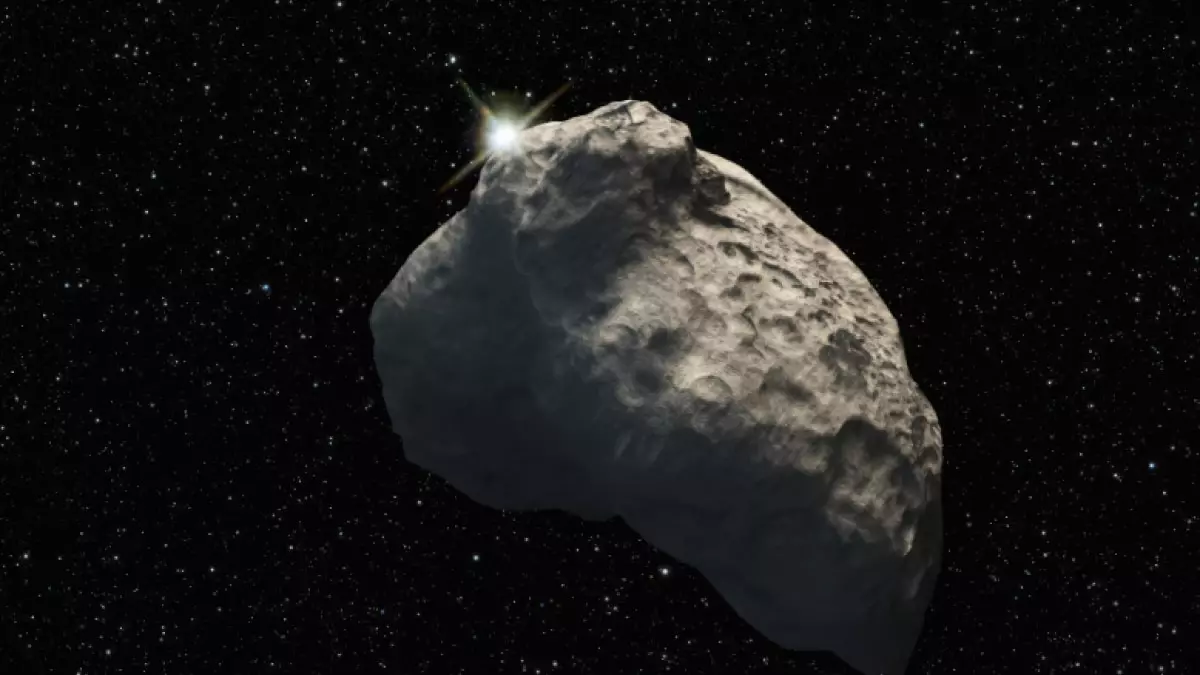The asteroid that struck Earth 66 million years ago, leading to the extinction of the dinosaurs, has been identified as a carbon-rich “C-type” asteroid. This type of space rock is believed to have originated in the asteroid belt situated between Mars and Jupiter. Recent research focusing on ruthenium isotopes found in the global debris layer left by the impact at the Chicxulub crater has shed light on the asteroid’s composition, distinguishing it from Earth’s natural materials.
The research team, led by Mario Fischer-Gödde from the University of Cologne, concentrated on ruthenium due to its scarcity in Earth’s crust, making it an excellent indicator of extraterrestrial material. Through the analysis of samples from various locations like Denmark, Italy, and Spain, the team discovered a consistent isotope composition resembling that of carbonaceous asteroids. This revelation dismisses previous theories suggesting the impactor could have been a comet or that volcanic activities, such as the Deccan Traps eruptions, were responsible for the presence of rare metals like ruthenium in the debris layer.
Origin of the Asteroid
The study points towards the asteroid’s likely origin in the asteroid belt between Mars and Jupiter. It is speculated that a collision between two asteroids in this belt may have propelled a fragment towards Earth. However, the possibility of the asteroid originating from the Oort cloud, a more distant region surrounding the solar system, has not been completely ruled out. This ambiguity underscores the need for further exploration and investigation to truly comprehend the sources of such catastrophic occurrences.
Dr. Craig Walton of the University of Cambridge emphasized the importance of this research in progressing our understanding of Earth’s history. While there are still uncertainties regarding the exact origins of the asteroid, the study offers critical insights into the nature of celestial bodies that have significantly influenced the planet’s evolutionary trajectory. These findings contribute to a broader comprehension of how such events have impacted life on Earth, providing fresh perspectives on the planet’s susceptibility to cosmic impacts.
Overall, the research into the asteroid that ended the dinosaurs has unveiled crucial information about the composition and origin of the impactor. By analyzing ruthenium isotopes and investigating various geographical locations, scientists have gained valuable insights into the extraterrestrial nature of the asteroid. The study’s findings not only shed light on the catastrophic event that led to the demise of the dinosaurs but also enhance our understanding of Earth’s vulnerability to celestial impacts, urging further exploration and research in the field.


Leave a Reply